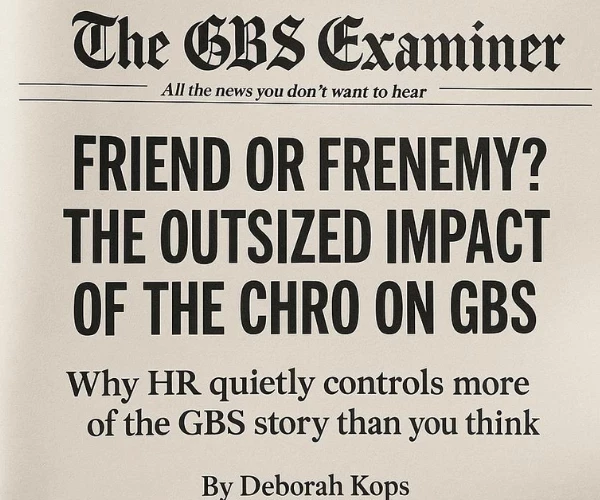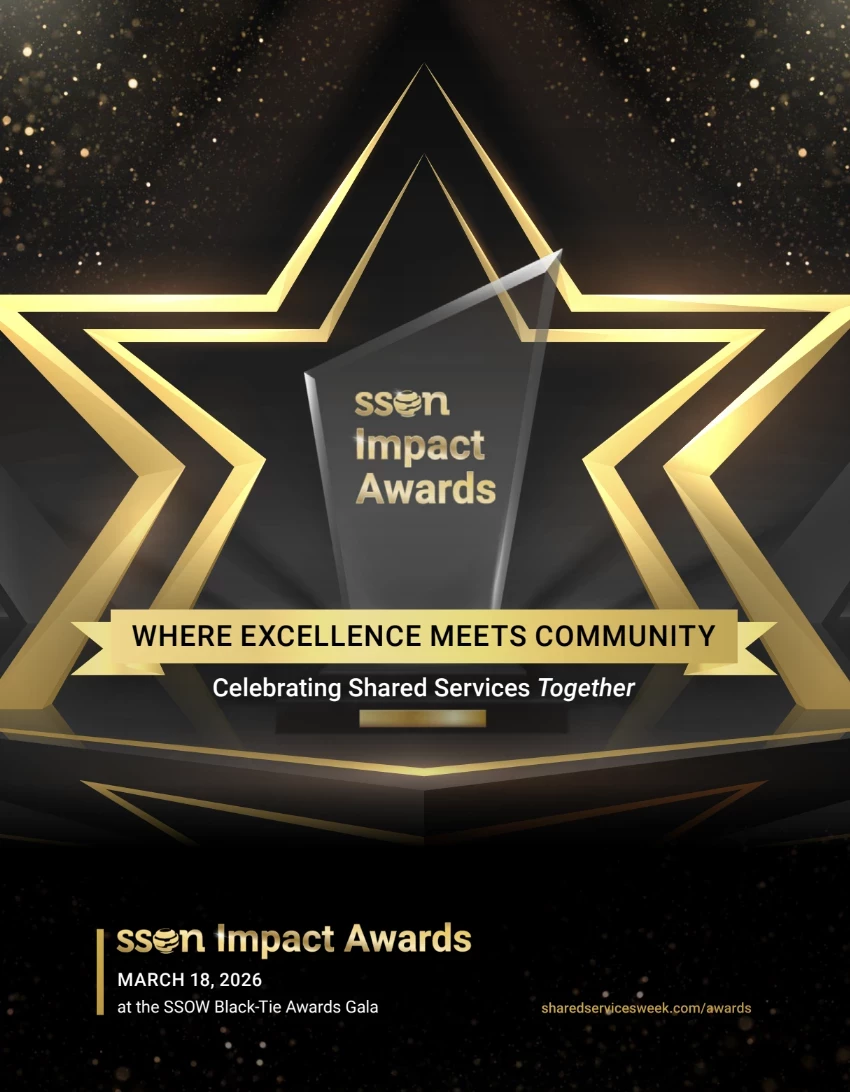How to Keep Your GBS Talent Models Agile
Add bookmark
Here’s something that is not news! There isn't enough talent. At least that’s the symptom that organizations are seeing. Is there a shortage?
Or is the talent in the wrong place?
To answer that, Barbara Hodge sat down with Deborah Kops to dive into how talent is found, deployed, and retained in organizations that are getting it right.
LISTEN TO THE PODCAST HERE
Deborah has been given the moniker of ‘the godmother of the shared services industry’, one she’s earned over decades on both sides of the shared services divide. Her focus now is on consistently building tomorrow's talent base and pushing the potential of GBS.
What’s behind talent shortage in the shared services space?
When you look at the organizations that have not only survived but thrived during the pandemic, you’ll see that the key element is not their organizational structure, it is not necessarily their sponsorship (although that's important); it’s not even their advanced use of technology; what sets them apart is the quality of their talent.
There are 2 key reasons for the seeming lack of talent in the marketplace.
- There are new entrants who are putting pressure on demand for talent.
- Talent models are typically 20 to 30 years old and might not be geared for attracting younger talent.
The balance between hard-wiring and agility for GBS talent
The aging out of talent in shared services/GBS is a definite concern. Many of the pioneers in the industry, the ones who took risks and defined what was to come, are retiring. Meanwhile, in the current environment, GBS services organizations are pushing their agility. They can shift based on business conditions, organizational structure, or need for cash. The ability to morph is a distinct advantage.
Deborah says, “What we do see now is not a hard-wiring per se, but we see career paths for GBS and shared services folks being formed. You'll see HR departments put together succession plans or career paths, and they increasingly have GBS and shared services roles showing up. Not to the level they should, but they are showing up. As soon as you see that, you know a model is going to survive.”
How the great resignation has affected delivery models
Deborah emphasizes that there are two types of people in any organization. There are pre-COVID hires and post-COVID hires. “The pre-COVID folks have a sense of the institution they're working for. They have a sense of the career path. The post-COVID folks at the delivery level are highly transactional. It's a job, and it's completely fungible. And if somebody else offers more, they can move. They don't have a sense of the entity.”
This is a key point to focus on as we navigate the new elements that shape our workforce right now. Because of technology and the ability to work from home, new hires in particular, and the workforce as a whole, may not have the same sense of the company they work for as they did in the past. “It is a great example of having gone 'too agile.' The fact that it's shifted, in many organizations, to a gig workforce means it's a very different sense of the organization than we had previously.”
The need for new capabilities and mindsets in GBS
Deborah talks about how the industry as a whole might have “nailed the skills but we haven't quite nailed the capabilities”. Here is an example she offers: “Process mastery, or the ability to influence is a capability. Capabilities drive outcomes; skills give us the ability to perform work individually. And I don't think that GBS and shared services have made that connection yet. But overlaying the organization, the difference between a shared services organization that creates real value, and one that does not create as much value is a mindset. What are those mindsets? The ability to bob and weave; the ability to be entrepreneurial. So there's a hierarchy here that I don't think we have cracked yet, because if you look at most GBS and shared services roles, they're typically matched and pegged to other roles in the organization. A manager in finance, for example, doesn't have to be agile but someone who's providing insights to the business has to be agile – has to see things in new and different ways so as to see patterns.”
_______
If you like the audio medium, you’ll find the full conversation with deep insights from Deborah and Barbara here.
_______





























